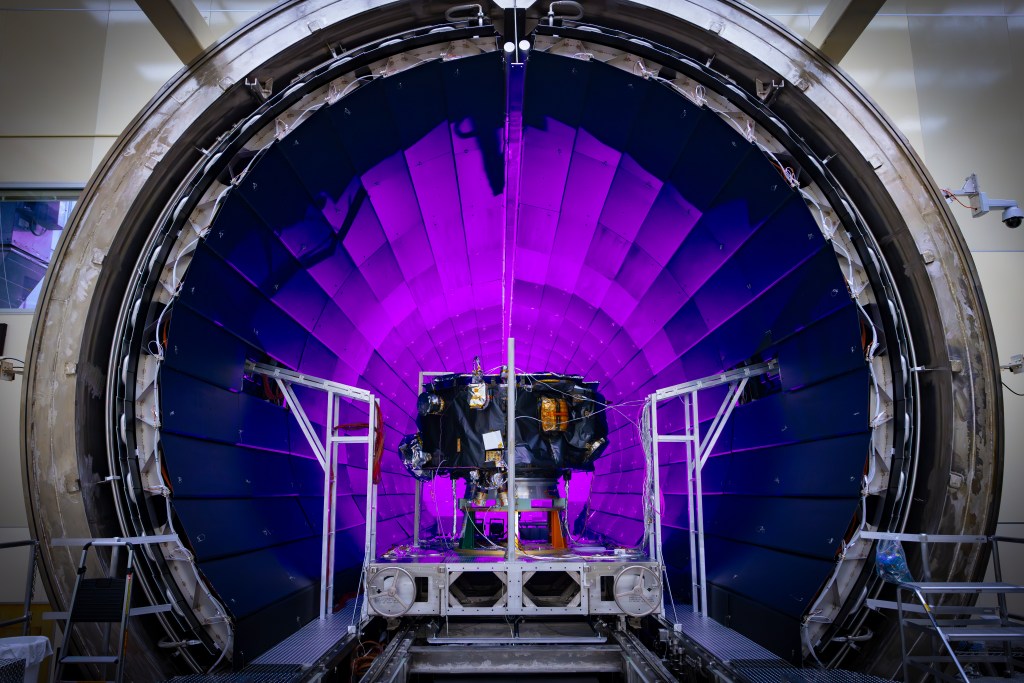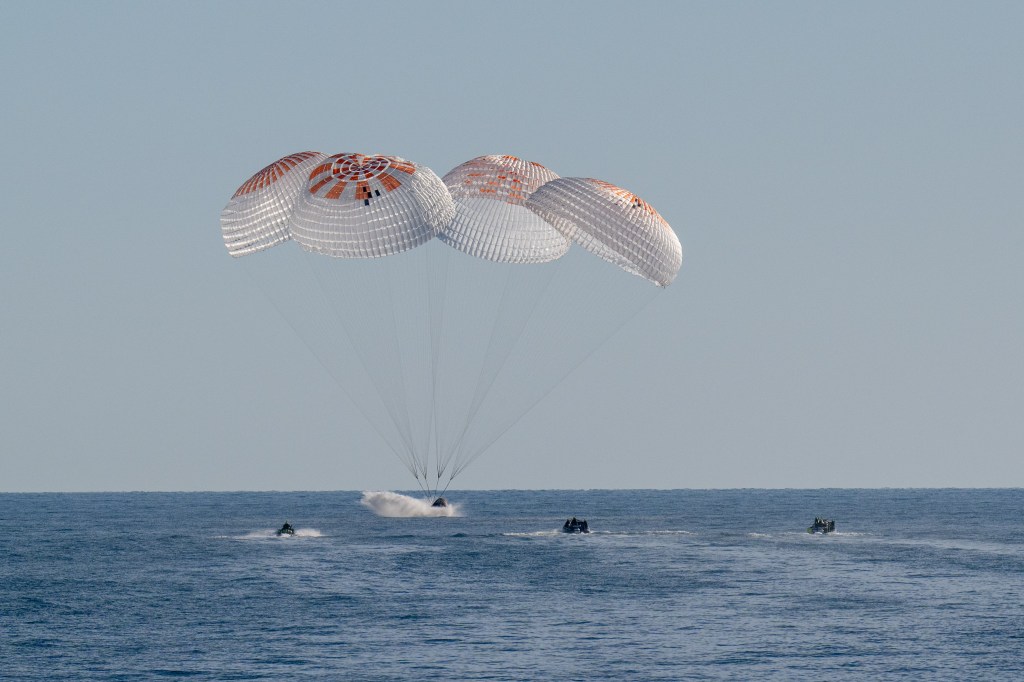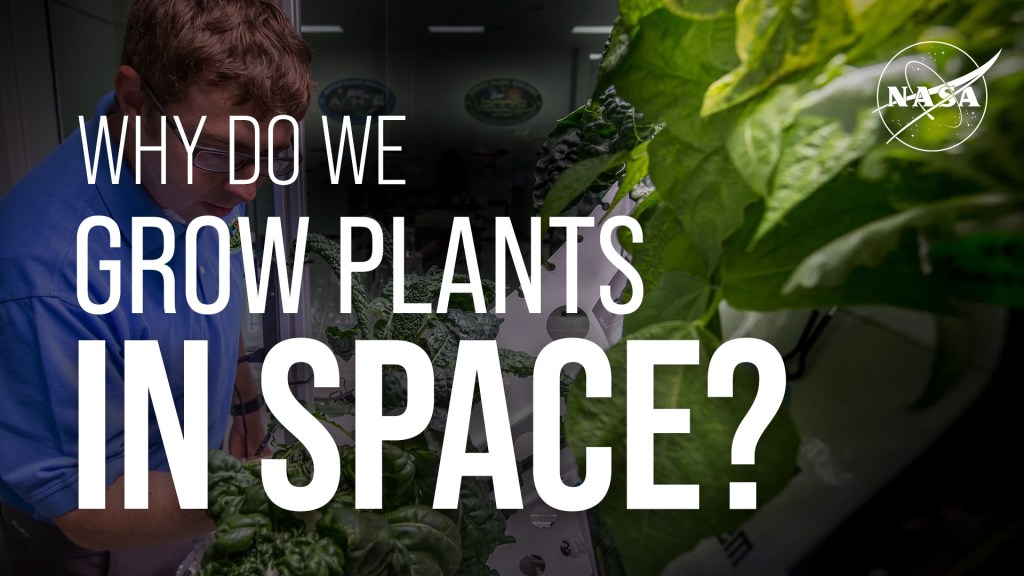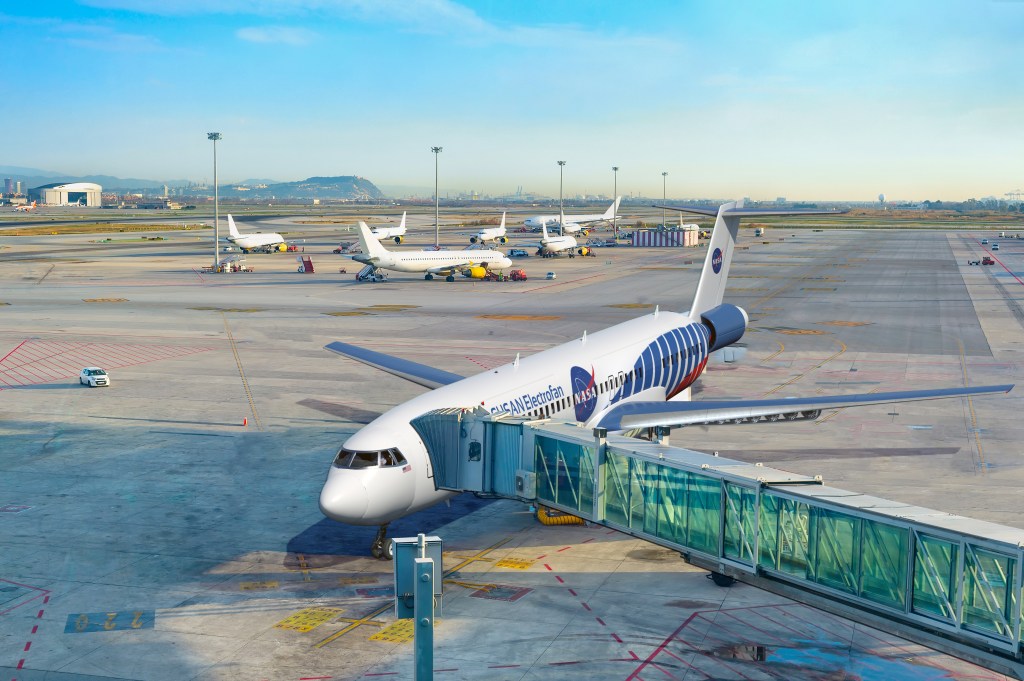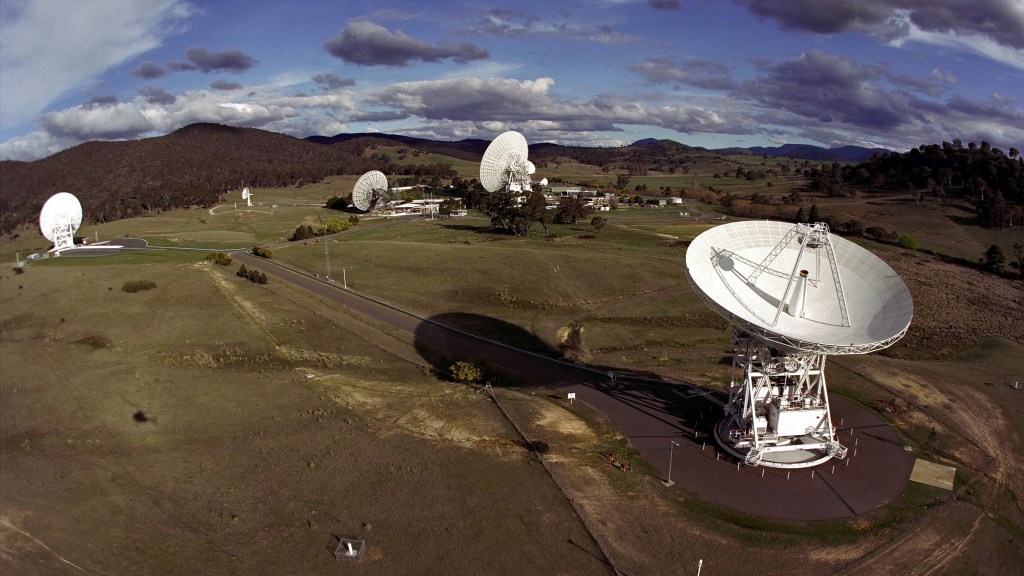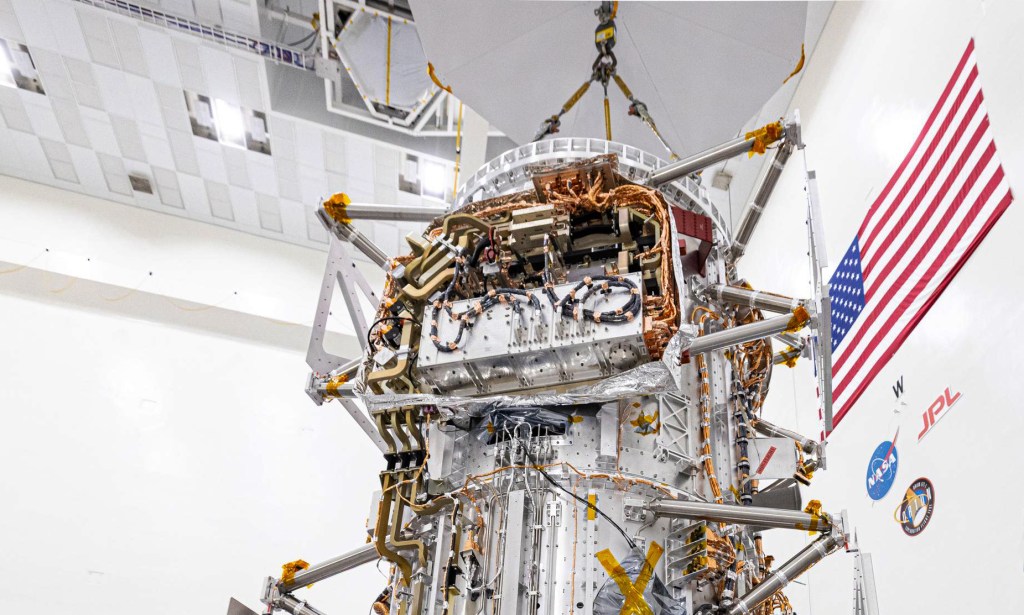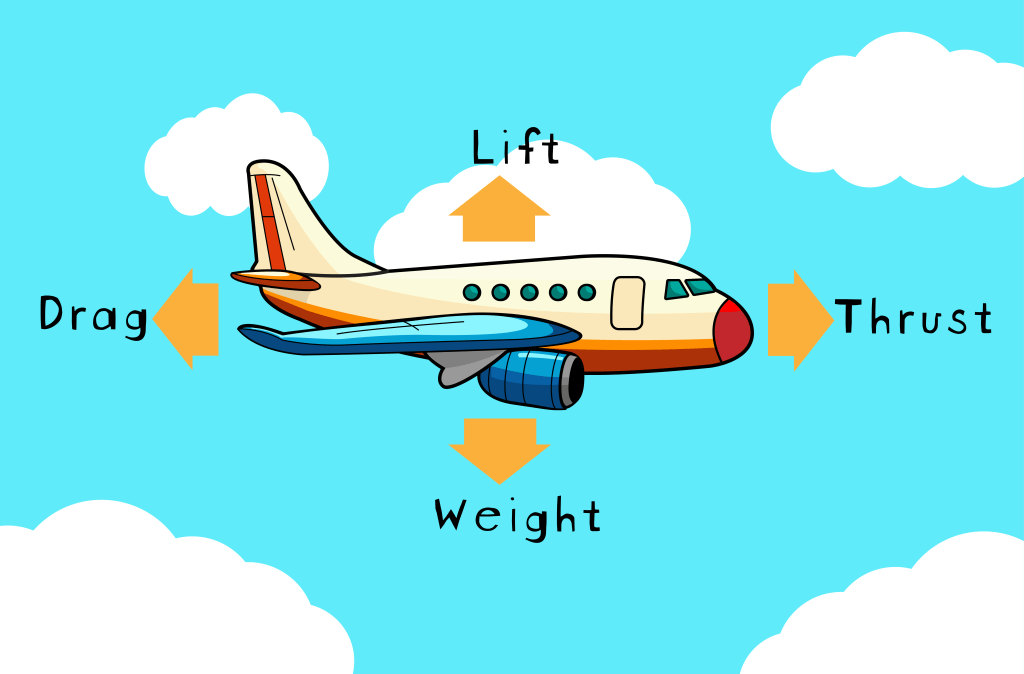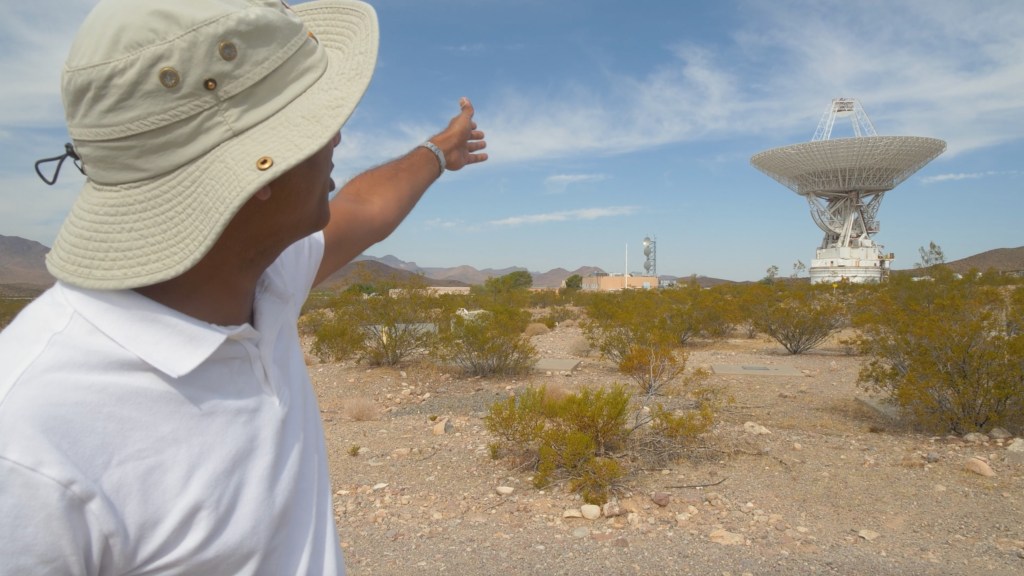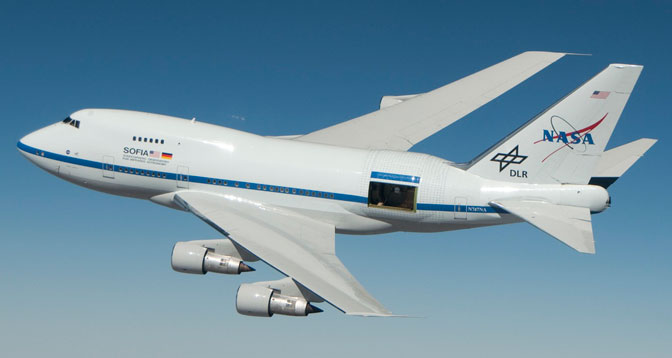 NASA’s Stratospheric Observatory for Infrared Astronomy (SOFIA) is shown with its telescope door partly open during a test flight for its astronomical observation mission. (NASA / Jim Ross) › View Larger Image
NASA’s Stratospheric Observatory for Infrared Astronomy (SOFIA) is shown with its telescope door partly open during a test flight for its astronomical observation mission. (NASA / Jim Ross) › View Larger Image
PALMDALE, Calif. – The first four Airborne Astronomy Ambassador (AAA) educators returned safely to Earth at Palmdale, Calif., early in the morning of Wednesday, Feb. 13, 2013, after completing their initial flight on NASA’s Stratospheric Observatory for Infrared Astronomy, or SOFIA.
That flight launched the AAA program’s first full year of operations, during which 26 educators from classrooms and science centers across the United States will fly on the SOFIA as partners with scientists conducting astronomy research using the airborne observatory.
On board for the Feb. 12-13 flight were ambassadors Constance Gartner of the Wisconsin School for the Deaf in Delavan, Wisc.; Chelen Johnson from the Breck School in Golden Valley, Minn.; Ira Harden and Vincente Washington, both from City Honors College Preparatory Charter School in Inglewood, Calif. The astronomers on the flight included Juergen Wolf and Doerte Mehlert of the German SOFIA Institute in Stuttgart, Germany and Ted Dunham of the Lowell Observatory in Flagstaff, Ariz.
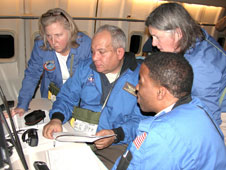 Airborne Astronomy Ambassadors (from left) Constance Gartner, Vince Washington, Ira Hardin and Chelen Johnson at the educators’ work station aboard the SOFIA observatory during a flight on the night of Feb. 12-13, 2013. (NASA / SETI Institute / Pam Harman) › View Larger Image The SOFIA is a modified Boeing 747SP jetliner that carries a telescope with an effective diameter of 100 inches (2.5 meters) to altitudes as high as 45,000 feet (14 km). Flying above Earth’s obscuring atmospheric water vapor, scientists can gather and analyze infrared light to further our understanding of puzzles such as the processes that form stars and planets, the chemistry of organic compounds in interstellar clouds, and the environment around the supermassive black hole at the center of the Milky Way Galaxy.
Airborne Astronomy Ambassadors (from left) Constance Gartner, Vince Washington, Ira Hardin and Chelen Johnson at the educators’ work station aboard the SOFIA observatory during a flight on the night of Feb. 12-13, 2013. (NASA / SETI Institute / Pam Harman) › View Larger Image The SOFIA is a modified Boeing 747SP jetliner that carries a telescope with an effective diameter of 100 inches (2.5 meters) to altitudes as high as 45,000 feet (14 km). Flying above Earth’s obscuring atmospheric water vapor, scientists can gather and analyze infrared light to further our understanding of puzzles such as the processes that form stars and planets, the chemistry of organic compounds in interstellar clouds, and the environment around the supermassive black hole at the center of the Milky Way Galaxy.
“SOFIA enables educators to work with scientists and to experience a flight mission on the world’s largest airborne observatory. Educators then take their experiences back to their classrooms and communities,” said Eddie Zavala, NASA’s SOFIA program manager. “They can relate the excitement, hardships, challenges, discoveries, teamwork and educational values of SOFIA and scientific research to students, teachers and the general public.”
The Airborne Astronomy Ambassadors program is a yearly professional development opportunity extended to educators through a competitive, peer-reviewed process. Teams of two educators are paired with groups of professional astronomers who have won a parallel competitive process to use the flying telescope for their research projects. Each educator team will fly on two 10-hour missions that depart from and return to NASA’s Dryden Aircraft Operations Facility in Palmdale, Calif.
“These educators submitted applications describing how they will use what they learn from SOFIA to help promote increased public literacy in science, technology, engineering and math,” said astronomer Dana Backman, manager of the SOFIA’s education and public outreach programs. “Published studies have shown that personally participating in scientific research increases the educators’ enthusiasm for teaching, and measurably improves their career retention rates. The same studies have shown that this enthusiasm carries over to the students with tangible increases in test scores and science fair participation.”
The current cohort of educator teams will continue flying through the summer of 2013. Information for educators wishing to apply for AAA flights in 2014 will be available starting March 1, 2013, at:
SOFIA is a partnership of NASA and the German Aerospace Center (DLR). NASA’s Dryden Flight Research Center (Edwards, Calif.) manages the SOFIA program. NASA’s Ames Research Center (Moffett Field, Calif.) manages SOFIA’s science mission in cooperation with the Universities Space Research Association (USRA; Columbia, Md.) and the German SOFIA Institute (DSI; Stuttgart). SOFIA is based at NASA’s Dryden Aircraft Operations Facility (DAOF) in Palmdale, Calif. SOFIA’s education and public outreach programs are managed by a partnership of the SETI Institute in Mountain View, Calif. and the Astronomical Society of the Pacific in San Francisco, Calif.
For more information about SOFIA, visit:
https://www.nasa.gov/sofia and http://www.dlr.de/en/sofia
For information about SOFIA’s science mission, visit:
http://www.sofia.usra.edu and http://www.dsi.uni-stuttgart.de/index.en.html
– end –
text-only version of this release
NASA press releases and other information are available automatically by sending a blank e-mail message to hqnews-subscribe@mediaservices.nasa.gov. To unsubscribe from this mailing list, send a blank e-mail message to hqnews-unsubscribe@mediaservices.nasa.gov.
Back to NASA Newsroom | Back to NASA Homepage
Beth Hagenauer
Dryden Flight Research Center
661-276-7960
beth.hagenauer@nasa.gov
Nicholas A. Veronico
Ames Research Center, Moffett Field, Calif.
650-604-4589
nveronico@sofia.usra.edu
J.D. Harrington
Headquarters, Washington
202-358-5241
j.d.harrington@nasa.gov




